On October 2nd, 2024, Swachh Bharat Abhiyan, or the Clean India Mission, completes a decade of its journey toward transforming India’s sanitation and cleanliness landscape.
Launched on Mahatma Gandhi’s birth anniversary in 2014, this mission aimed to eliminate open defecation, promote menstrual hygiene, and improve solid waste management across the nation.
As we commemorate 10 years of this campaign, it is an opportune moment to not only reflect on its achievements but also reignite our collective enthusiasm and commitment to building a cleaner and greener India.
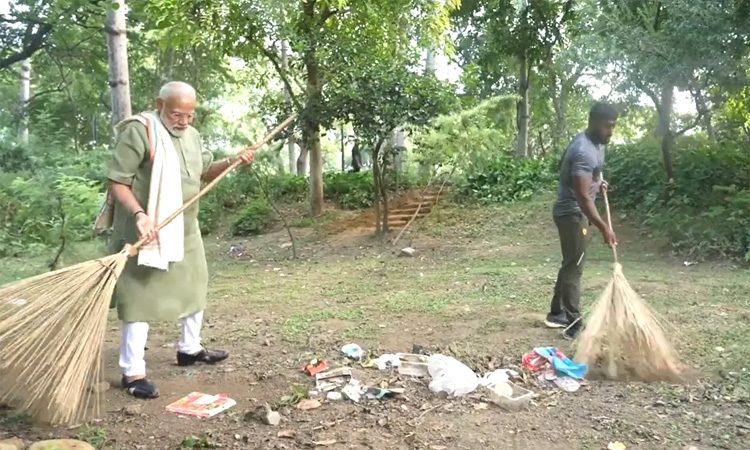
A Decade of Progress
When Swachh Bharat Abhiyan was launched, it set an ambitious goal to make India open defecation-free (ODF). The government, with remarkable determination, built millions of toilets across rural and semi-urban areas, significantly reducing open defecation. Awareness campaigns and involvement from various sectors have played a crucial role in making these efforts a success.
Menstrual hygiene, another cornerstone of the mission, has been promoted through government programs and NGO involvement, with the aim of breaking taboos and providing women with proper menstrual sanitation. Bollywood movies like Toilet: Ek Prem Katha and Padman have also contributed to raising awareness, bringing these issues to the mainstream.
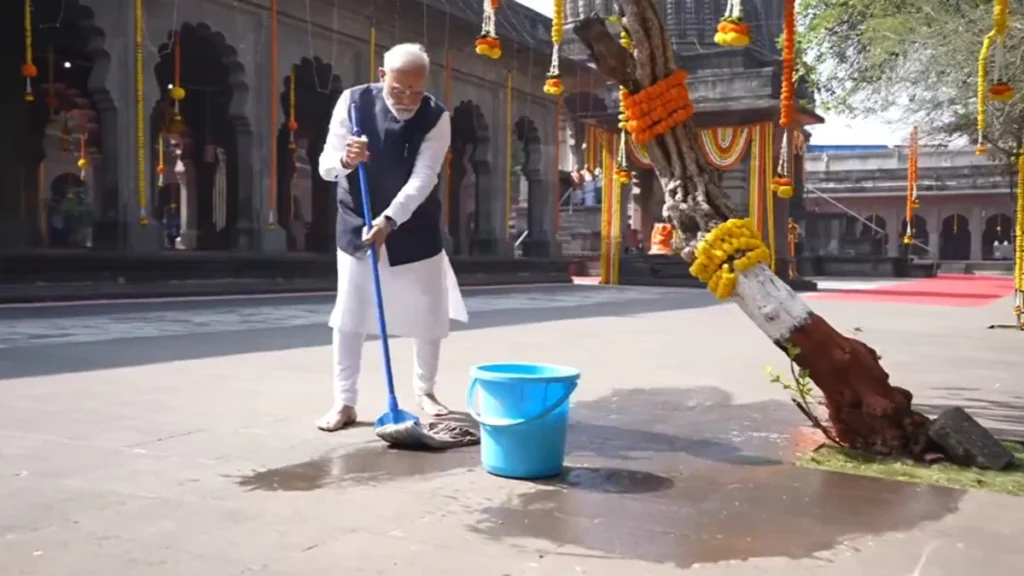
Solid Waste Management: The Challenge That Remains
While strides have been made in various aspects of sanitation, solid waste management remains a significant challenge for India.
The door-to-door garbage collection initiative is a noteworthy achievement, yet the task of proper waste segregation remains a distant goal for many. The familiar sound of the garbage cart, ‘Gadiwala Aya Ghar Se Kachra Nikal’, accompanied by its recording urging citizens to separate their waste, serves as a daily reminder of the task at hand.
Read this also: Swiggy vs. Zomato: 2 Giants, 90% Market Share, 1 IPO
Yet, many still fail to comply, mixing organic and inorganic waste, further exacerbating the waste management crisis. Perhaps, for many, waste is just waste. Disposal of waste on the roadside is also observed at multiple locations.
The lack of awareness and involvement in waste segregation has led to the growth of massive dumping yards on city outskirts. These landfills not only present an eyesore but also pose a serious threat to the environment.
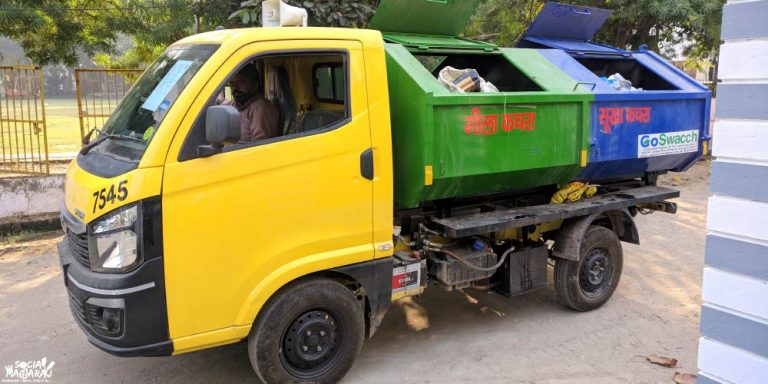
Waste left to rot in these heaps delays decomposition and recycling, while open burning of waste, including plastics, causes hazardous air pollution. When waste mixes with rainwater, it contaminates water bodies, further exacerbating environmental degradation.
Two Bins, One Mission: Driving Sustainability through Segregation
To address these challenges, we must embrace the principle of two separate bins for organic and inorganic waste. Proper waste segregation at the household level is crucial for sustainable waste management.
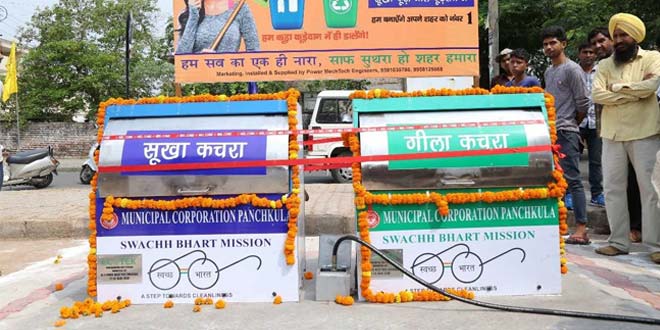
Organic waste can be composted, while inorganic waste can be sent for recycling, reducing the pressure on landfills. By doing this, we not only contribute to a cleaner environment but also safeguard the health of ragpickers, many of whom are children. These individuals sort through hazardous materials daily, risking their lives for survival. A simple act of separating waste can drastically improve their quality of life.
The Promise of Plastic Pyrolysis
Plastic, while indispensable in our daily lives, poses a significant environmental threat due to its non-biodegradable nature. However, advancements in technology, such as plastic pyrolysis, offer hope.
Pyrolysis is a process that converts plastic waste into useful fuel by heating it in the absence of oxygen. This fuel can be used in industries, power generation, and even household cooking, offering a versatile solution to the plastic waste problem.
Read this also: Uttar Pradesh, Rajasthan, West Bengal: Key Drivers or Setbacks in India’s Stock Market
By adopting pyrolysis on a large scale, India can reduce its dependency on fossil fuels. This curbs pollution, generates employment opportunities, and contributes to economic growth.
To further enhance waste management, separating plastic waste at its source is crucial. You can sell or donate broken plastic or used items to local waste collectors (kabadiwalas), promoting recycling efforts and reducing environmental impact.
A Call to Action for India’s Future
As Swachh Bharat Abhiyan celebrates 10 years, it is crucial to recognize that the journey is far from over. While we have made remarkable progress, particularly in sanitation and menstrual hygiene, waste management still requires our active participation.
By embracing waste segregation, adopting sustainable technologies like plastic pyrolysis, and spreading awareness, we can create a cleaner, greener, and more prosperous India.
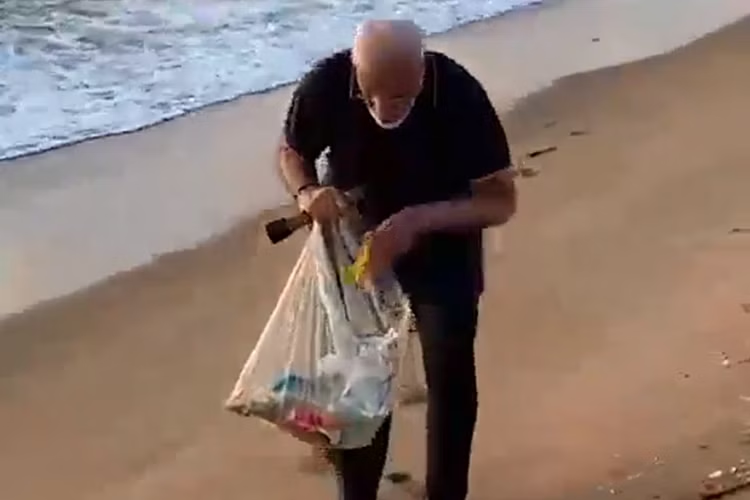
On this day, as we pay tribute to Mahatma Gandhi on his 155th birth anniversary, let us reignite the spirit of Swachh Bharat Abhiyan with fresh determination. Let’s unite in our efforts to not only honor his legacy but also to secure a cleaner future for generations to come.
Swachh Bharat is not just a government initiative; it is a national movement that requires every Indian’s contribution. Ek Kadam Swachhta Ki Aur: if everyone takes the first step, we together can walk toward a cleaner India faster.
Read this also: India Climbs to 39th in Global Innovation Index 2024: A Leap of 42 Spots in Nine Years

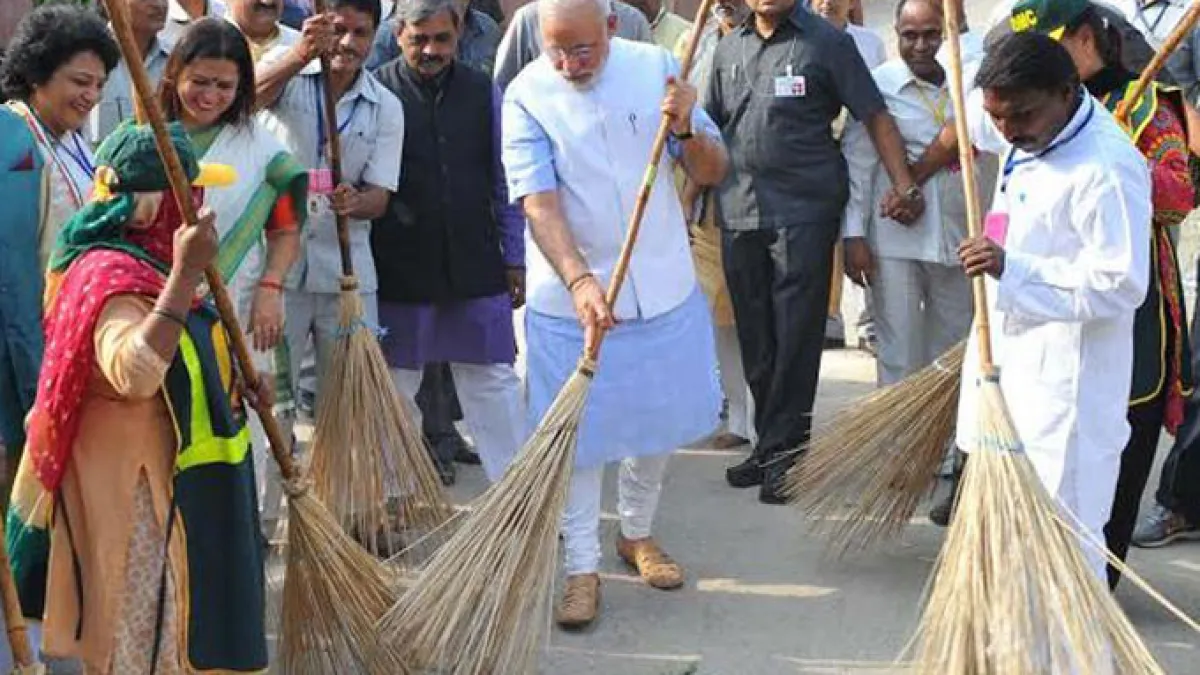







[…] Read this also: Reviving the Spirit: Celebrating 10 Years of Swachh Bharat Abhiyan […]
[…] Read this also: Reviving the Spirit: Celebrating 10 Years of Swachh Bharat Abhiyan […]
[…] Read this also: Reviving the Spirit: Celebrating 10 Years of Swachh Bharat Abhiyan […]